In skincare products, the function of petrolatum
Background Information
One component in the always-changing field of skincare has shown its worth and adaptability over many generations. With so many advantages, petrolatum—a semi-solid combination of hydrocarbons generated from petroleum—has been a mainstay in the development of several skincare products. Its importance in the quest for glowing, healthy skin has been cemented.
Dermatologists, cosmetic chemists, and skincare fans have all been enthralled by petrolatum from its modest origins as a straightforward ointment to its present position as a highly sought-after component in high-end skincare products. Because of its special qualities, which include the capacity to seal in moisture, form a barrier to protect, and promote wound healing, it is an invaluable partner in the search for the best possible skin health.
This thorough book explores the amazing world of petrolatum and its essential function in cosmetics. We will disentangle the science behind its effectiveness, investigate its many uses, and provide light on the painstaking procedures required to guarantee its safety and purity for use in cosmetic formulas.
This blog post will give you a plethora of information and views into the revolutionary power of petrolatum in the field of skincare, whether you’re a skincare professional looking to expand your knowledge of this amazing ingredient or a consumer ready to make educated decisions about the products you use.
Let us thus set out on this adventure together, learning the secrets that have made petrolatum a skincare industry classic and the many ways that it still shapes the industry, one glowing face at a time.
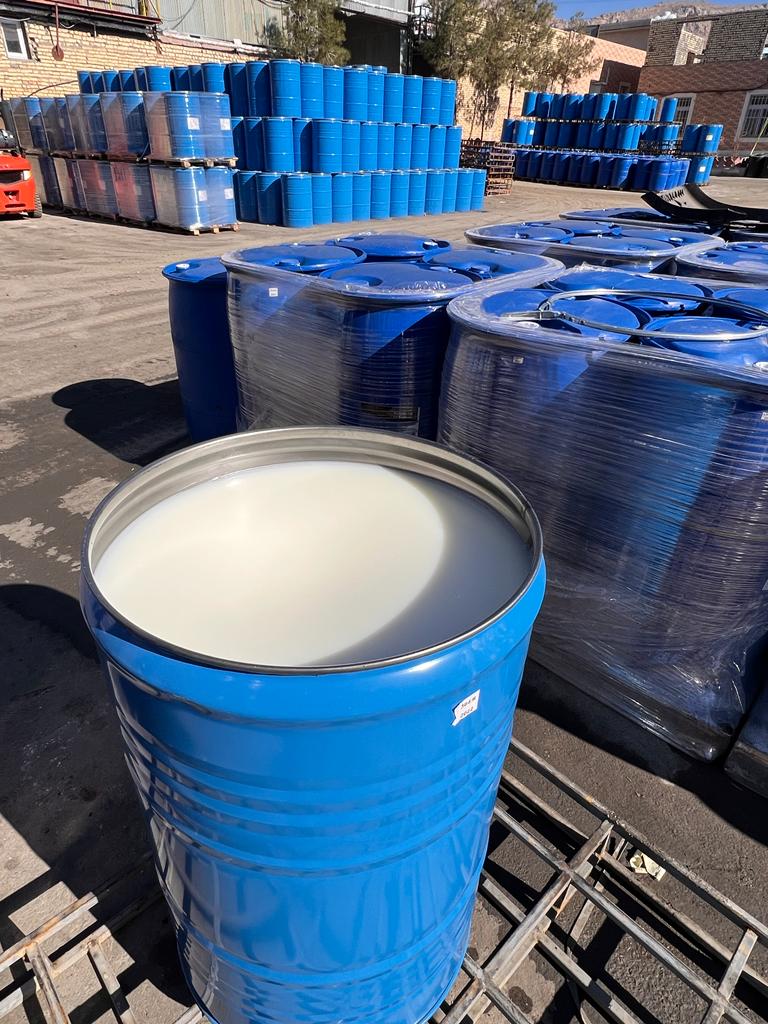
Petrolatum’s History and Origins
To fully understand the importance of petrolatum in the skincare sector, one must follow its beginnings and delve into the intriguing past that has molded its development. Petrolatum, also referred to as white petrolatum or petroleum jelly, has a fascinating and long history entwined with the growth of the petroleum industry and the ever-increasing need for adaptable, multifunctional materials.
The complex combination of hydrocarbons known as crude oil was produced millions of years ago when ancient biological materials buried under extreme pressure and heat underwent a transformation that is the beginning of the petrolatum narrative. The larger fractions holding the petrolatum precursors were found in the early days of the petroleum industry when crude oil was initially processed and distilled.
Midway through the 19th century, refineries started experimenting with the distillation process’s leftovers to find uses for the materials that were previously thought of as waste products as the market for lamp oil and lubricants increased. The semi-solid, waxy compound that would eventually be identified as petrolatum was initially separated and acknowledged for its possible uses during this time.
Petrolatum was first used in 1859 when British scientist Robert Chesebrough noticed the unusual qualities of the semi-solid residue left over after distillation while working in Pennsylvania’s oil fields. He started modifying and purifying the material, drawn by its texture and its applications, and in 1867 he was granted a patent for “Vaseline”.
Chesebrough’s finding changed everything as Vaseline became well-known very fast for its capacity to treat burns and wounds as well as relieve skin irritations. Because of its adaptability as a waterproofing and lubricant, it was also a priceless tool in several sectors, including equipment repair and leather conditioning.
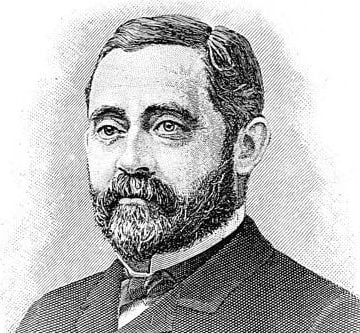
Producing and refining petrolatum grew along with the petroleum industry
Increased purity and consistency of petrolatum products were made possible by developments in technology and production methods. This made petrolatum possible to be widely used in the personal care and cosmetics sectors, where it became a main component in a variety of formulations, including ointments and salves as well as lip balms and moisturizers.
Fueled by continuous study and technological advancements, the function of petrolatum in skincare products changed during the 20th century. Explored further by dermatologists and cosmetic chemists, petrolatum’s abilities to seal in moisture, create a protective barrier on the skin, and speed up wound healing were discovered.
Petrolatum is still a mainstay of many skincare products, both high-end and mass-market. Its effectiveness has been shown time and time again, and its safety and purity for use in cosmetic compositions have been carefully maintained.
To fully understand the function of petrolatum in skincare products, we must recognize the rich history and scientific discoveries that have molded its transformation from a petroleum industry byproduct to a highly valued and essential component in the quest for glowing, healthy skin.
The Science Supporting the Effectiveness of Petrolatum
Deep knowledge of petrolatum’s special qualities and the scientific concepts supporting its effectiveness is at the heart of its ongoing appeal in the skincare market. For many years physicians, cosmetic chemists, and researchers have been enthralled by this amazing chemical, which has revealed a plethora of information and insights that have cemented its place as an essential component in many skincare formulas.
The extraordinary capacity of petrolatum to seal in moisture and stop transepidermal water loss (TEWL) is one of its most well-researched advantages. Although the stratum corneum, the skin’s topmost layer, serves as a barrier of protection, it may be damaged by several things, including aging, environmental stresses, and certain skin disorders, which increase water loss and dryness.
On the surface of the skin, petroleum produces an occlusive, but permeable layer that physically blocks moisture from evaporating from the layers below. The reason for this special quality is that petrolatum is semi-solid and forms a continuous coating that keeps moisture in while letting the skin breathe and operate properly.
Petrolatum is very hydrating in many trials. One such research, which was written in the Journal of Cosmetic Science, examined how well several emollients—including petrolatum—reduced transepidermal water loss (TEWL). Petrolatum proved to be more effective than other emollients in lowering TEWL and maintaining ideal skin moisture levels over time.
Apart from its capacity to trap moisture, petrolatum has amazing barrier-repairing qualities
To keep the skin healthy generally and stop outside irritants and infections from getting in, the skin’s natural barrier function is vital. Many things, however, may weaken this barrier, increasing sensitivity and inflammation and causing skin disorders like dermatitis and eczema.
The barrier function of the skin has been demonstrated to be maintained and restored in part by petrol. It stops further damage and establishes a setting that supports the skin’s healing mechanisms by producing a protective barrier. Particularly helpful are those with damaged skin barriers or those with diseases like atopic dermatitis.
Petrolatum is also a very effective wound-healing component of many medicinal ointments and creams. Its emollient qualities calm and shield the injured region, and its occlusive character helps to produce a moist environment that encourages the natural healing process. Petrolatum has been shown in several clinical trials to help with wound healing, lessen scarring, and ease pain related to a variety of skin disorders and injuries.
Beyond only hydrating and mending barriers, petrolatum is very versatile
Furthermore serving as a potent transporter for other active components in skincare formulas is this amazing substance. Because of its special chemical structure and semi-solid consistency, it can efficiently solubilize and transport a broad spectrum of health-promoting substances, including vitamins, antioxidants, and botanical extracts, guaranteeing their best possible absorption and effectiveness.
Petrolatum is also an appropriate component for use in formulas intended for skin types that are prone to acne or greasy since it is non-comedogenic, or does not clog pores. Petrolatum is a useful addition to specialized skincare solutions for those with particular skin conditions since, unlike many other occlusive agents, it neither causes blackheads nor worsens current outbreaks. The overwhelming body of scientific data supporting the effectiveness of petrolatum has cemented its place as a mainstay of the skincare industry.
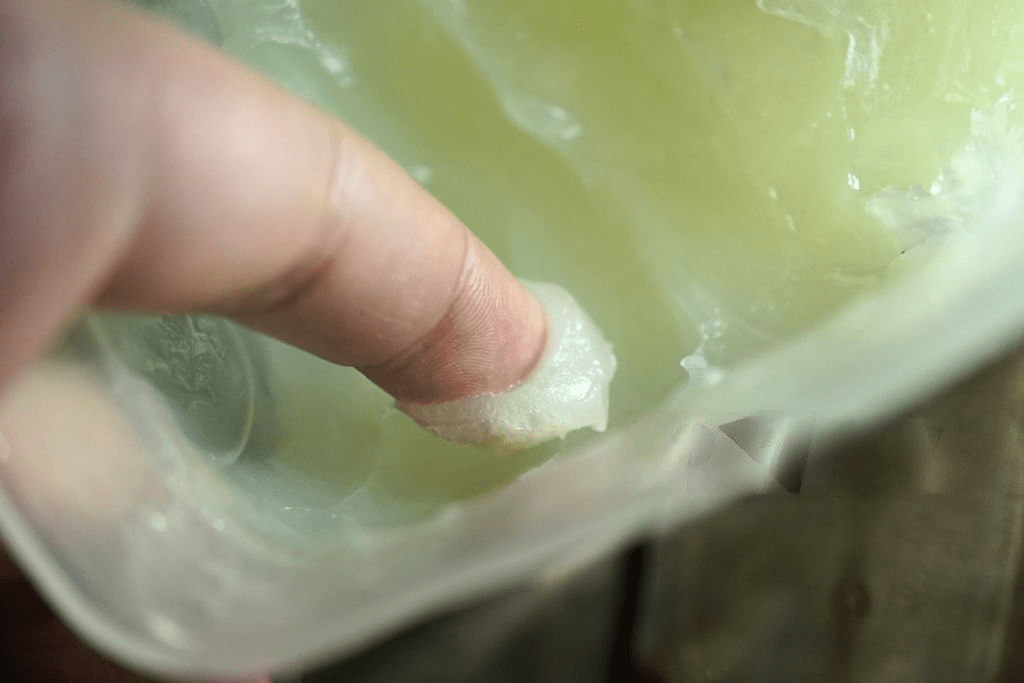
petroleum jelly uses in lip balm manufacturing
Petroleum in Creams and Moisturizers
Among the most well-known uses of snow white petroleum jelly in the cosmetics industry is its inclusion in creams and moisturizers. These commonplace items, which are a part of every home and skincare regimen, mostly depend on the special qualities of petrolatum to provide the skin with the best possible moisture and nutrition.
Every good moisturizer has an occlusive, emollient, and humectant delicately balanced. Emollients smooth and soften skin; humectants draw in and hold moisture, and occlusives form a barrier to keep moisture in. Because of its remarkable occlusive qualities, petrolatum is essential to this harmonic interaction of ingredients, guaranteeing that the moisture brought to the skin’s surface is efficiently sealed in for long-lasting hydration.
Petrolatum is often used in the composition of creams and moisturizers with other occlusives and emollients, like jars of butter, waxes, and oils derived from plants. Rich, nourishing textures that are both hydrating and provide an opulent sensory experience are made possible by this synergistic mix.
Adding petrolatum to moisturizers has many benefits, chief among them being an improvement in the product’s general performance and lifespan. Petrolatum reduces the amount of moisture evaporating from the skin’s surface, therefore prolonging the moisturizing effects of the moisturizer.
The barrier-repairing qualities of petrolatum also make it a priceless component of moisturizers intended to treat certain skin conditions such as dermatitis, eczema, or damaged skin barriers. Increased transepidermal water loss (TEWL) and decreased barrier function from these disorders can cause dryness, irritation, and an increased risk of infection. These specialist moisturizers promote long-term skin health and resilience by restoring and maintaining the skin’s protective barrier in addition to offering instant hydration.
Petrolatum adds to the sensory appeal of creams and moisturizers in addition to its practical advantages
Its silky, opulent feel and ability to spread uniformly across the skin’s surface improve the user experience in general. Because of this quality, petrolatum is a common ingredient in upscale, premium skincare products, where the senses are just as important as the effectiveness.
Petrolatum’s adaptability also enables it to be included in a broad variety of moisturizer formulas, satisfying different skin types and preferences. Petrolatum may be emulsified, for example, to provide a smooth, non-greasy texture that is readily absorbed into the skin in lightweight, water-based moisturizers. On the other hand, petrolatum may be blended in with other occlusives and emollients in rich, cream-based formulations to build a protective, nourishing barrier that locks in moisture and profoundly hydrates.
It is noteworthy that even while petrolatum has several advantages in creams and moisturizers, its concentration must be balanced properly. The skin may feel thick and oily or pore clogged with overuse or excessive quantities of petrolatum. Reputable skincare companies and formulators meticulously adjust the petrolatum content of their products to guarantee best results and comfortable usage.
Petrolatum’s importance in these formulas will only increase as the market for efficient, premium moisturizers rises. Its capacity to restore harmed skin barriers, lock in water, and enhance a sensual experience makes it a necessary component in the quest for glowing, healthy skin.
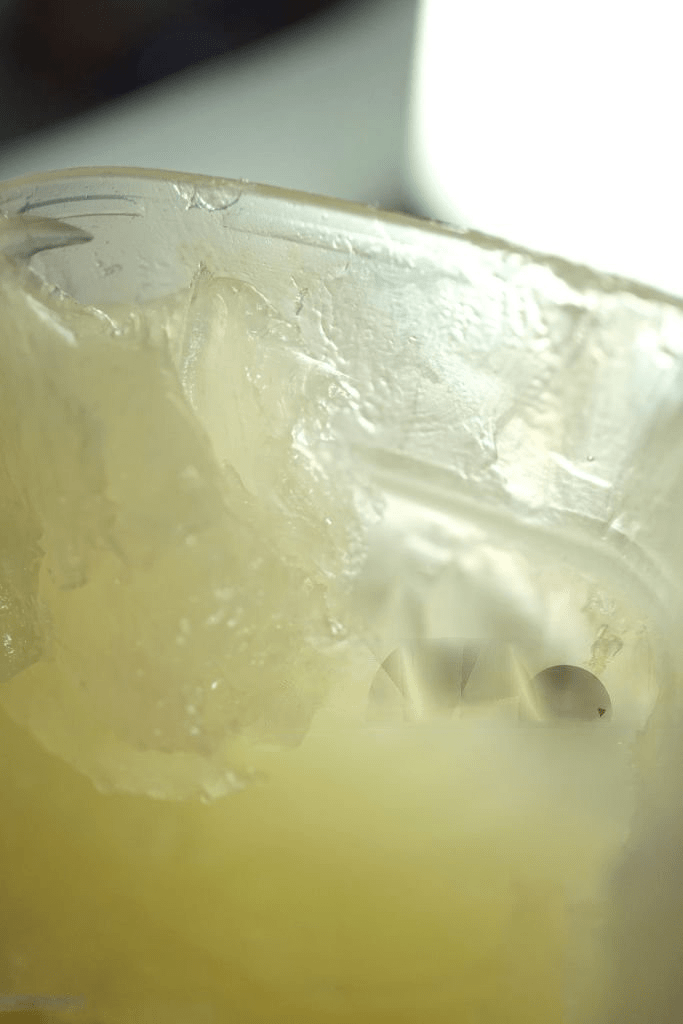
Petrolatum in Cosmetics
Petrolatum has long been regarded as a genuine champion in the field of lip care, providing unmatched advantages and adaptability that have made it a necessary component of many lip balms, treatments, and cosmetic products. Our lips’ sensitive skin is especially prone to chapping, dryness, and environmental stresses, hence everyone has to use nourishing and efficient lip care products.
The particular requirements of the lip region are best addressed by the special high-quality petrolatum. Its remarkable capacity to trap moisture and create a barrier that protects against the unpleasant sensation of dry, cracked lips guarantees that vital hydration is maintained.
Because petrolatum occludes, it offers many benefits in lip care products. Petrolatum deposits an impermeable, breathable coating on the lips that keeps moisture in and stops transepidermal water loss (TEWL). The lips are kept moist and shielded from the elements by this barrier from wind, cold, and other severe weather that may worsen chapping and dryness.
Apart from its capacity to seal in moisture, petrolatum also has exceptional emollient qualities that enhance the general softness and smoothness of the lips. Petrolatum helps to relieve the pain and unpleasant look of dry, flaky, or cracked lips by sealing in moisture and adding a protective layer.
Petrolatum-infused lip balms and treatments provide several advantages above and beyond basic hydration
Numerous formulas include extra nourishing components, like kinds of butter, waxes, and oils derived from plants, which combine with petrolatum to provide a complete lip care experience. Together with enhancing the moisturizing effects, these complimentary components provide other advantages like antioxidant protection, anti-aging qualities, and a pleasurable sensory experience.
Petrolatum is also a great foundation for medicated lip treatments since it mixes well with a variety of active substances. Angular cheilitis, or inflammation of the mouth’s corners, and cold sores are two ailments for which petrolatum-based formulations may be infused with therapeutic ingredients to provide focused comfort and encourage healing while preserving ideal moisture levels.
Petrolatum has found a home in the cosmetics industry with lip products including glosses, colored balms, and lipsticks. Petrolatum included in these formulas helps with uniform application and long-lasting wear of the product in addition to adding to its general wetness and texture. Better pigment dispersion and adhesion are made possible by its capacity to provide a smooth, homogeneous foundation and translate into a faultless, long-lasting finish.

Petrolatum’s adaptability goes beyond conventional lip care products
It works well as a multifunctional lip therapy, providing comfort and sustenance in a variety of circumstances. Petrolatum, for example, may be used as an overnight lip mask to hydrate and revitalize cracked, dry lips while you sleep. It may also be used to cover the lips from the sun, wind, and high temperatures during outdoor activities. Though petrolatum has several advantages in lip care products, it is important to use these formulations carefully and according to the right instructions. Excessive use of petrolatum has certain health hazards, hence if any negative effects or worries develop, speak with a medical practitioner.
Read this Article for additional information: 69 incredible uses of Vaseline | petroleum jelly
conclusion
To sum up, petrolatum plays a very amazing function in lip care products. Its special qualities, along with its compatibility with other nourishing substances, make it an essential part of the search for lips that are smooth, supple, and healthy. Petrolatum will surely remain a mainstay of these formulas as the market for efficient lip care products grows because it provides unmatched hydration, protection, and a sensual sensation.

This is Kamran Malekian working in the petroleum jelly manufacturing industry for Navid Noor Company since 2013 I am eager to make content in this industry and have a good impact on professional users and people using cosmetic and pharmaceutical products.
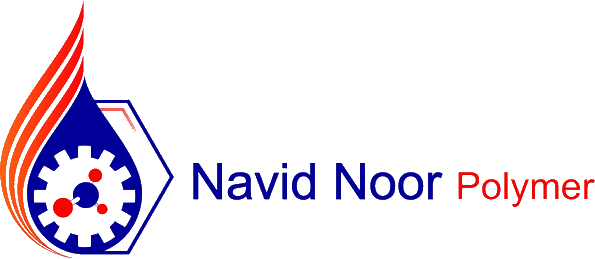
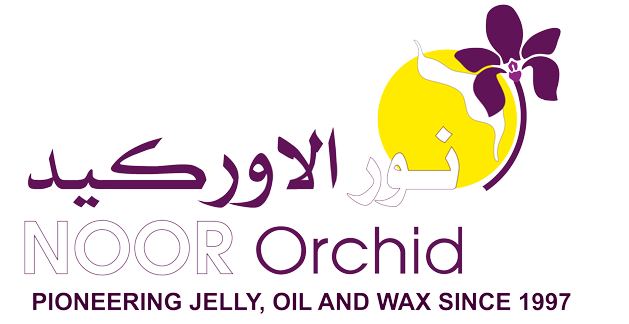





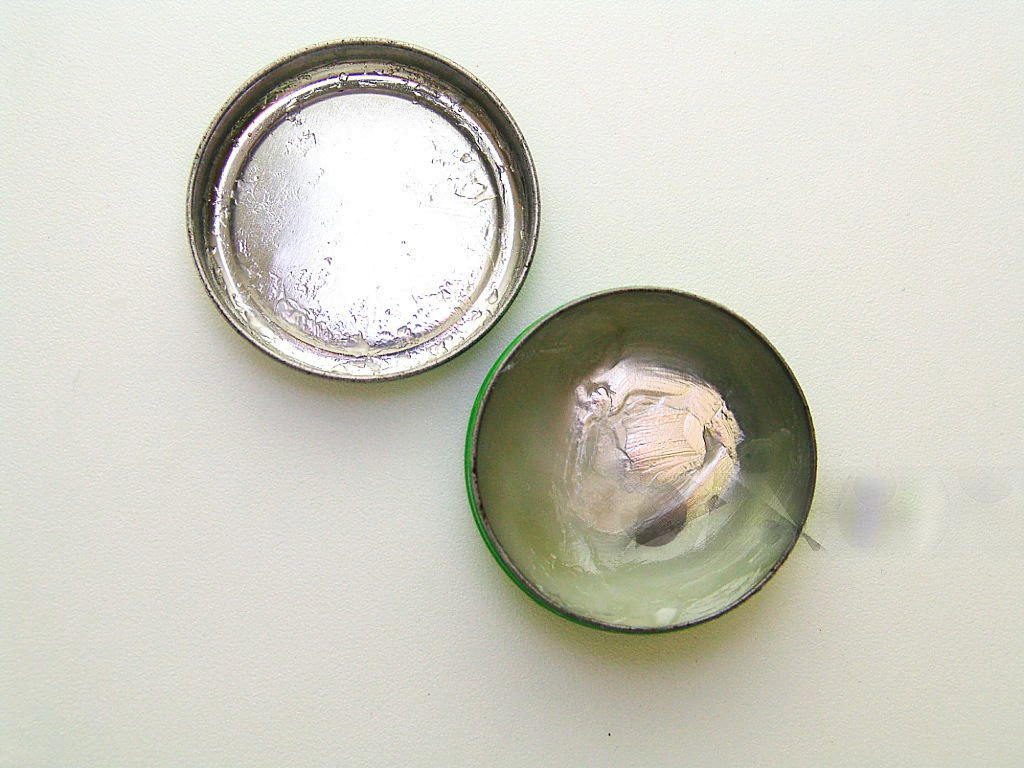
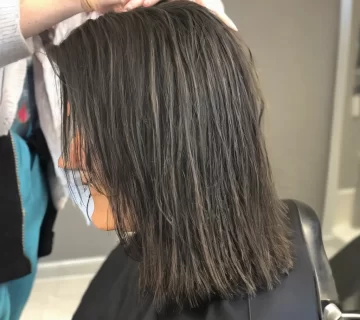
[…] keep your skin hydrated and avoid dryness after the sunburn has healed, keep using petroleum jelly in your skincare regimen. By regularly using petroleum jelly, the skin’s natural barrier function may be restored and […]
[…] 1. The Power of Petroleum Jelly […]
[…] 4. Dermatological Revolution: Petroleum Jelly for Skin Condition […]
[…] petroleum jelly in a skincare regimen may have major results. As a last stage in my evening ritual, sealing in moisture and other […]